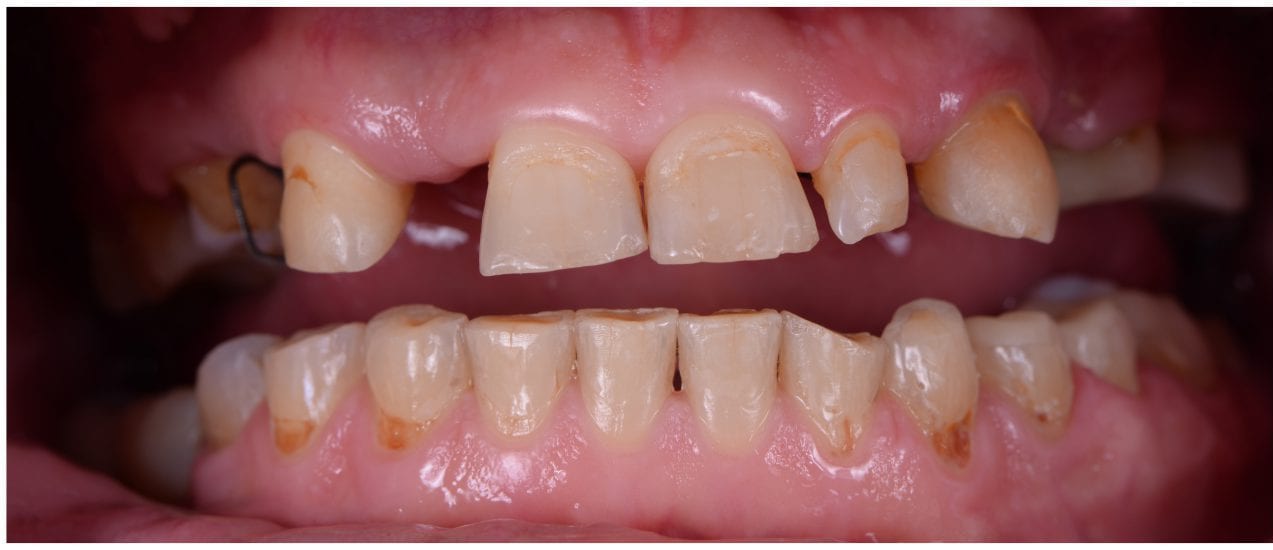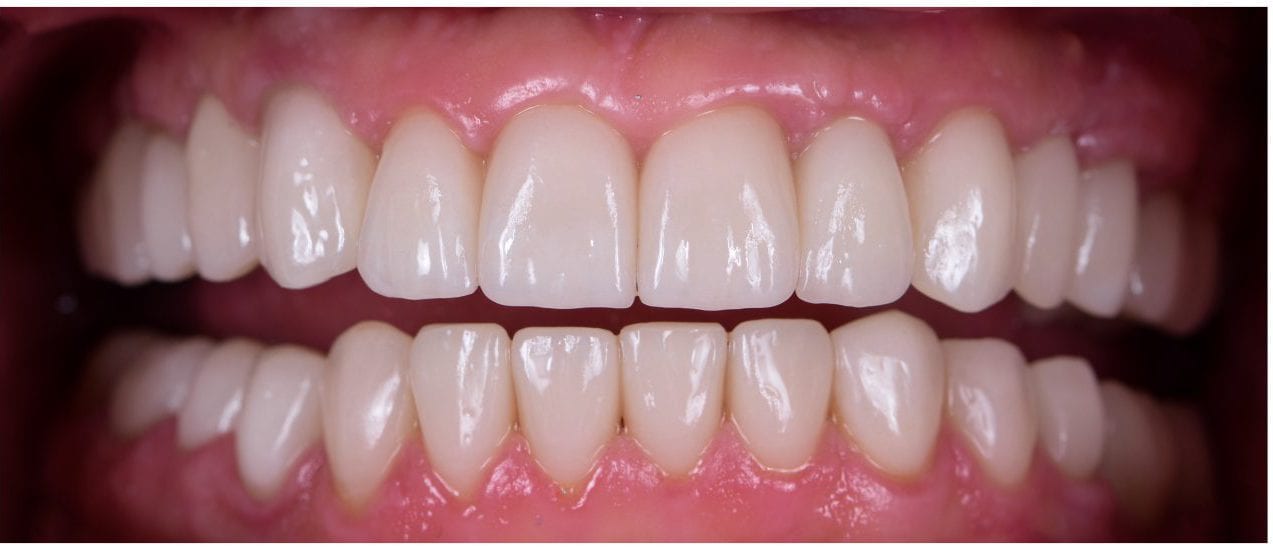



Cosmetic Crowns, Veneers, and Bridges
If you want a smile that’s your crowning glory, you may need a crown to cover a tooth to help restore it to its normal shape and size. A crown can make your tooth stronger and improve its appearance.
A crown can help strengthen a tooth with a large filling when there isn’t enough tooth remaining to hold the filling. Crowns can also be used to attach bridges, protect a weak tooth from breaking or restore one that’s already broken. A crown is a good way to cover teeth that are discolored or badly shaped. It’s also used to cover a dental implant.
Veneers are thin, custom-made shells crafted of tooth-colored materials designed to cover the front side of teeth. They are an option for correcting stained, chipped, decayed or crooked teeth.




Botulinum and Fillers
The first and only treatment FDA-approved to temporarily make moderate to severe frown lines, crow’s feet and forehead lines look better in adults
A quick 10-minute treatment with minimal downtime
You may begin to notice results within 24 to 48 hours for moderate to severe frown lines
It delivers predictable, subtle results, so you look like you, only with less noticeable facial lines
Implants
Dental implants are a popular and effective way to replace missing teeth and are designed to blend in with your other teeth. They are an excellent long-term option for restoring your smile. In fact, the development and use of implants is one of the biggest advances in dentistry in the past 40 years. Dental implants are made up of titanium and other materials that are compatible with the human body. They are posts that are surgically placed in the upper or lower jaw, where they function as a sturdy anchor for replacement teeth.
Dentures and Partials
Dentures are removable appliances that can replace missing teeth and help restore your smile. If you’ve lost all of your natural teeth, whether from gum disease, tooth decay or injury, replacing missing teeth will benefit your appearance and your health. That’s because dentures make it easier to eat and speak better than you could without teeth
Extractions
If you need an extraction, your dentist will first numb the area to lessen any discomfort. After the extraction, your dentist will advise you of what post extraction regimen to follow. In most cases a small amount of bleeding is normal. Your mouth will slowly fill in the bone where the tooth root was through the formation of a blood clot.
Phillips Zoom! Whitening
With Philips Zoom in-office whitening, you can unlock a smile up to 8 shades whiter in just 45 minutes1. The added bonus? You get outstanding results with little to no sensitivity.
No wonder millions of people have already trusted us with whitening their smiles.
Why choose Philips Zoom in-office whitening?
When you choose in-office tooth whitening, stronger whitening ingredients are used to safely complete your treatment. The result? Instantly brighter teeth, with little to no sensitivity.
Root Canals
The pulp is soft tissue inside your tooth that contains nerves, blood vessels and provides nourishment for your tooth. It can become infected if you have:
- A deep cavity
- Repeated dental procedures that disturb this tissue
- A cracked or fractured tooth
- Injury to the tooth (even if there’s not a visible crack or chip)
A root canal treatment usually takes 1 or 2 office visits to complete. There is little to no pain because your dentist will use local anesthesia so you don’t feel the procedure. Once the procedure is complete, you should no longer feel the pain you felt before having it done.


Metal Free Fillings
Composite resins, or tooth-colored fillings, provide good durability and resistance to fracture in small- to mid-size fillings that need to withstand moderate pressure from the constant stress of chewing. They can be used on either front or back teeth.

